Overview
Map
Other Details
دير مار يوسف
Bhersaf
Metn
Mount Lebanon
دير مار يوسف - بحرصاف شيّدت الرهبانيّة الأنطونيّة المارونيّة دير مار يوسف في بلدة بحرصاف، سنة ١٨٥١. خلال الحرب العالميّة الأول إحتلّ الجيش العثمانيّ الدّير. فتوسل الأب المدبّر يوسف الحاج بطرس ونسيبه الأب انطون إلى القائد رضا باشا كي لا تُدنّس الكنيسة، فشطب القائد صورة مار يوسف بسيفه وأمر ذلك الطاغية، فنفيا إلى الأناضول. ومات هناك الأب يوسف من جرّاء معاملات قاسية ونجا رفيقه بأعجوبة. أُعيدت الحياة إلى الدّير بعد رحيل العثمانيّين سنة ١٩١٨، فرُمّم وأُعيد تكريس الكنيسة. رُمّم الدّير مجدّدًا مع بداية القرن الحاليّ، وهو مستمرّ برسالته الروحيّة والرهبانيّة. The monastery of St Joseph - Bhorsaf The monastery was built in the town of Bahersaf by the Maronite Antonine monks in 1851. During World War I, the Ottoman army occupied the monastery. Fr. superior Youssef El Hajj Boutros, and his cousin, Father Anton, pleaded with the commander, Reza Pasha, to prevent the desecration of the church. Due to their plea, the tyrant ordered their immediate exile to Anatolia. Father Youssef died there due to harsh treatment, but his companion miraculously survived. The monastery was revived after the departure of the Ottomans in 1918, and the church was repaired and rededicated. The monastery was renovated again at the beginning of this century and continues with its spiritual and monastic mission.
Visited 2229 times, 7 Visits today
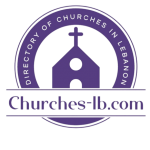


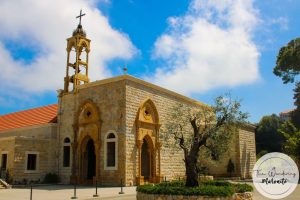
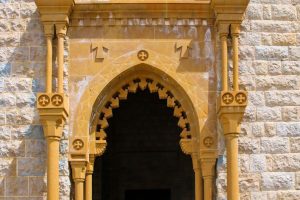

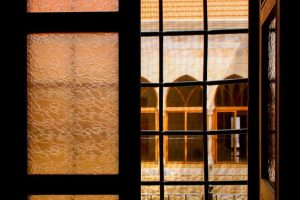
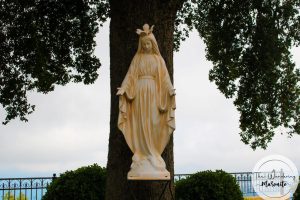
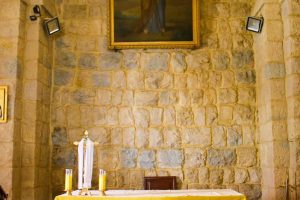
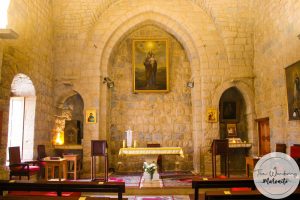
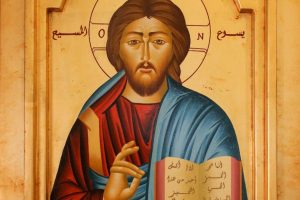
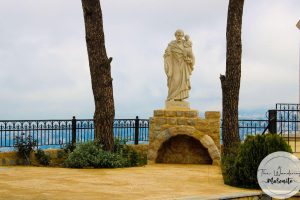
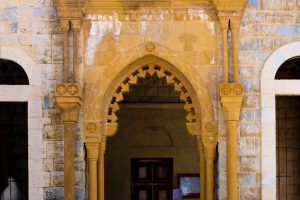
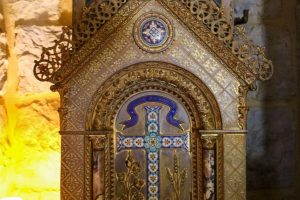











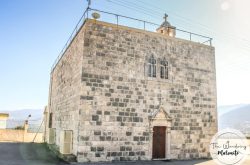
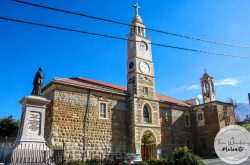
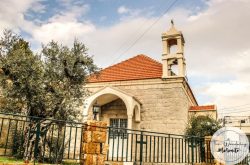
Reviews are disabled, but trackbacks and pingbacks are open.